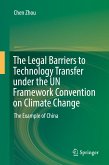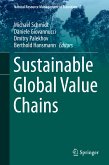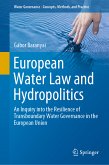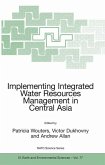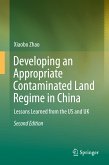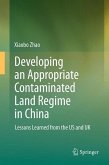It is the publicity about the Pollutant Release Inventory's data which creates an incentive for firms to achieve emission reductions. Accordingly, public access to environmental information constitutes a core characteristic of the aforementioned inventory. Here, in essence, two facets arise. First, with regard to the collection, it is disputed whether such information, which may comprise confidential commercial and industrial information in the EU as well as trade secrets in the US, can be protected under fundamental and constitutional property rights respectively. Second, in the context of dissemination and utilisation, it is arguable whether the information indeed impacts polluters and produces an outcome that secures a certain level of environmental protection. The author responds to the first issue by taking the EU and US jurisdictions into account and strives to analyse how this novel form of Internet disclosure liberates market mechanisms in the quest for effective and efficient emission reductions.
Dieser Download kann aus rechtlichen Gründen nur mit Rechnungsadresse in A, B, BG, CY, CZ, D, DK, EW, E, FIN, F, GR, HR, H, IRL, I, LT, L, LR, M, NL, PL, P, R, S, SLO, SK ausgeliefert werden.




